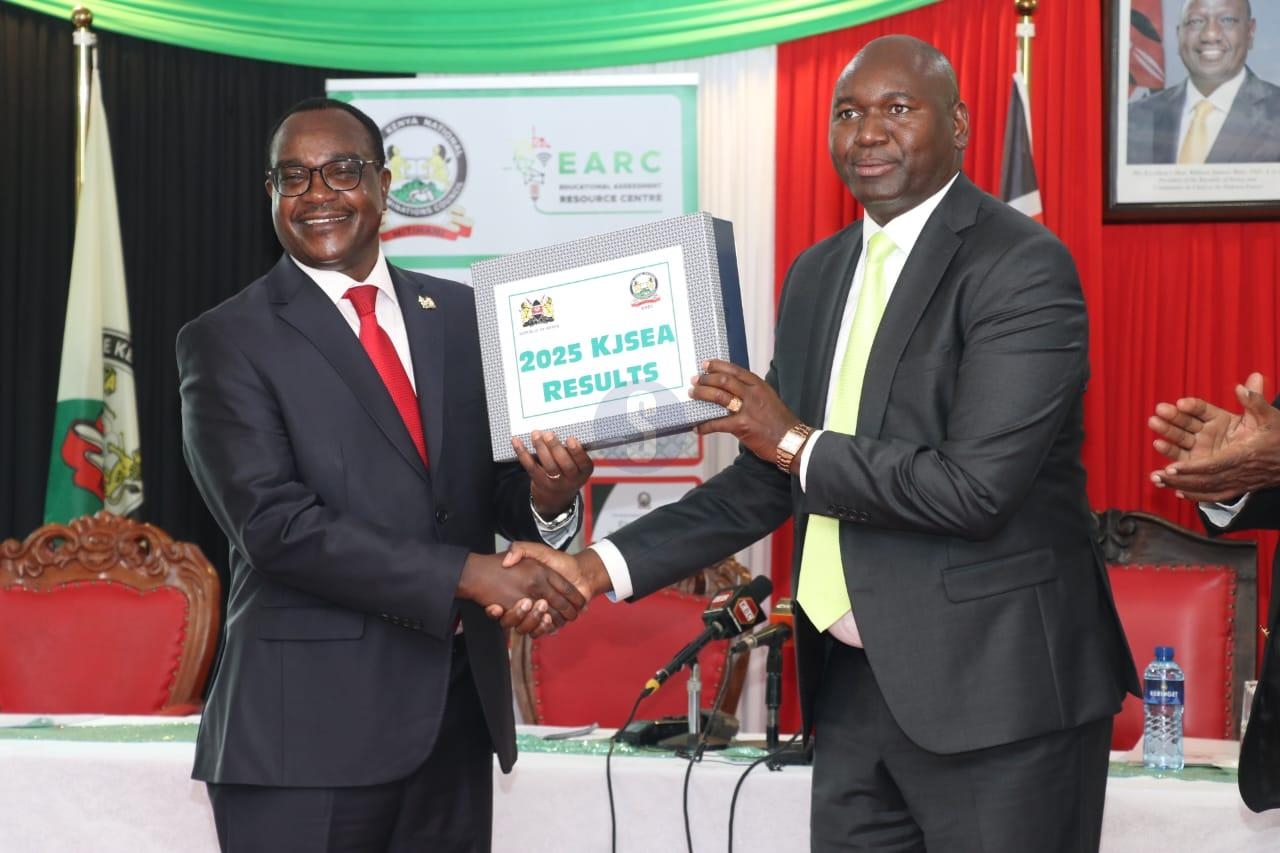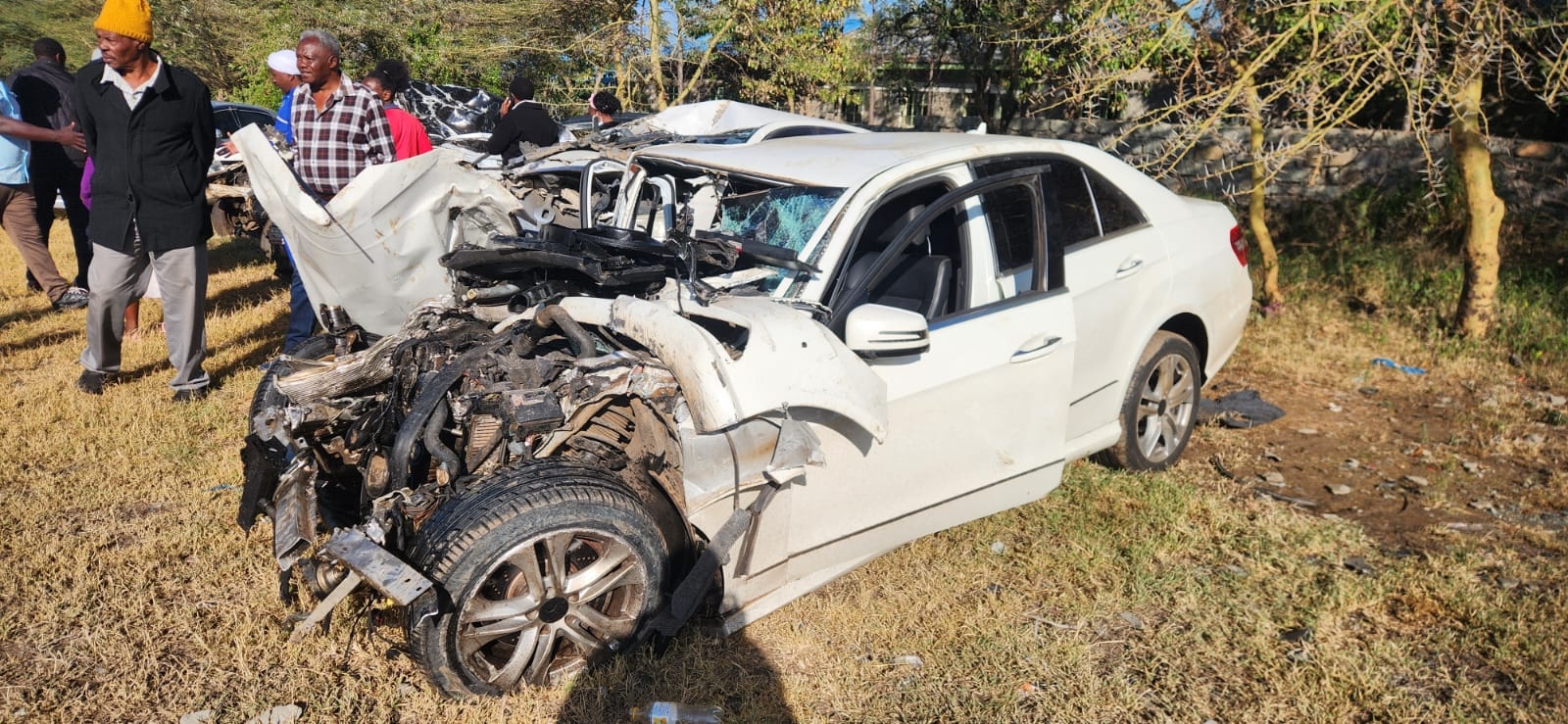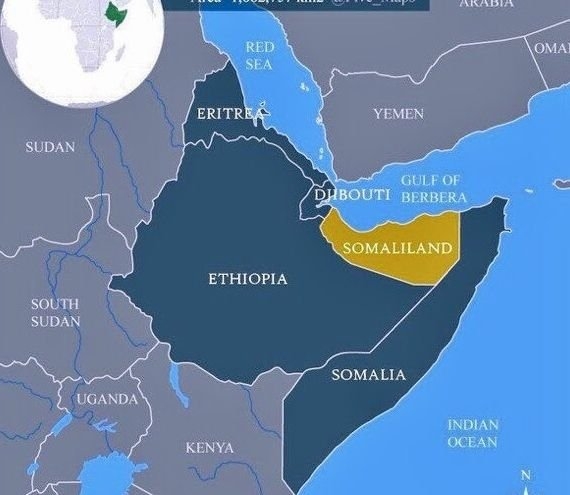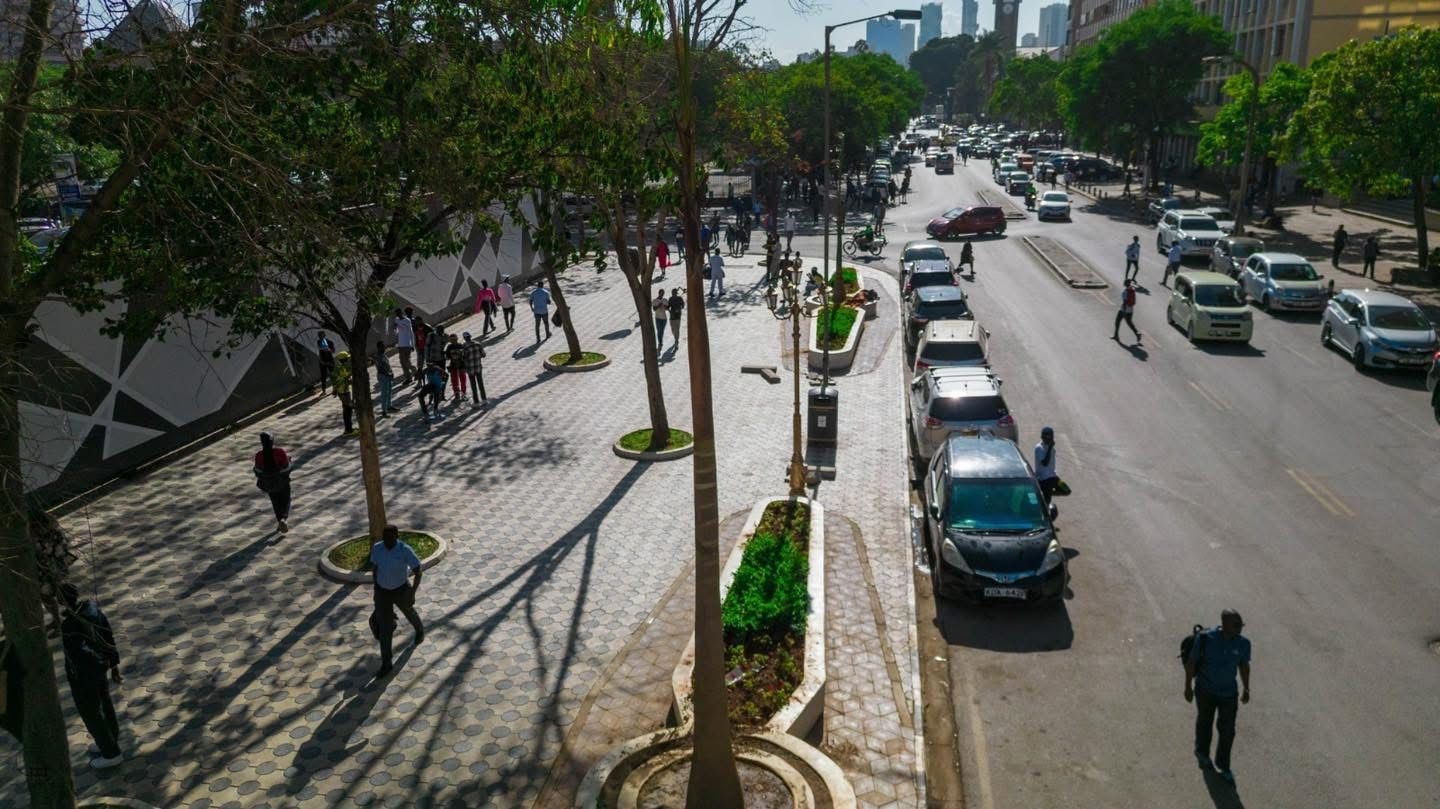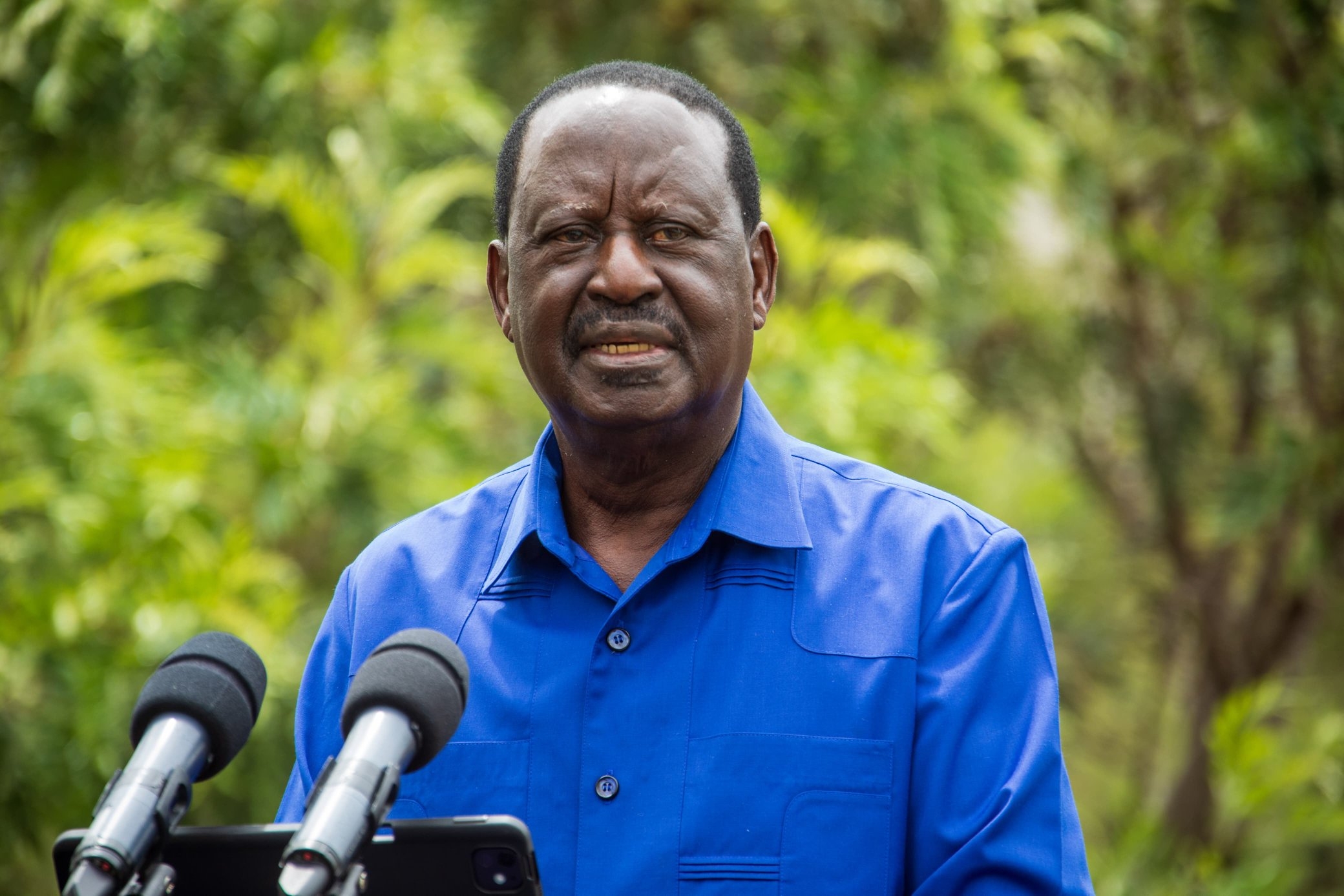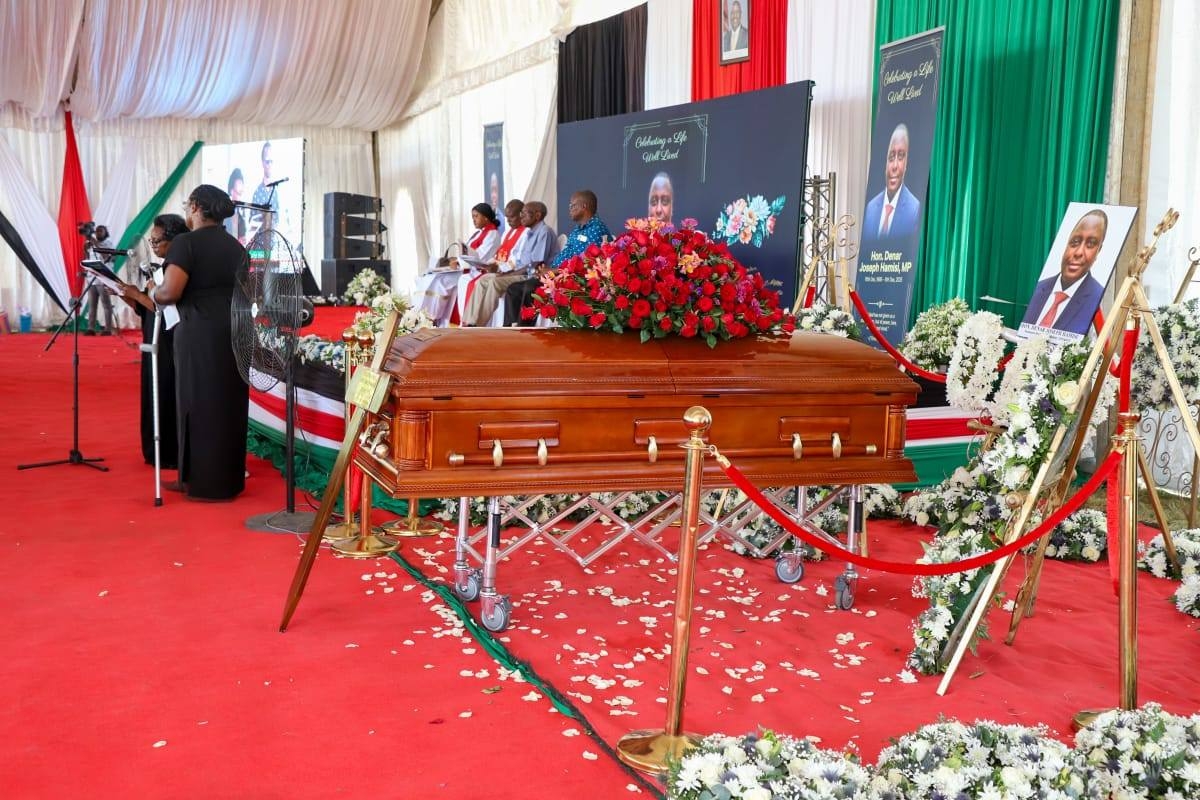The government and her partners have stepped up efforts to eradicate open defaecation in the country by the end of next year.
Statistics show that five million Kenyans still practice open defaecation, 85 per cent of whom are residents of 15 high burden counties.
Officials say strategies have been put in place to have them declared open defaecation free by the end of 2025.
The efforts are being coordinated through the Kenya Sanitation Alliance which was launched in 2021 with the aim of eliminating open defaecation in Kenya by 2025.
KSA aims to achieve its target through a combination of policy interventions, community engagement and infrastructure development.
The 15 counties identified as bearing the highest rates of open defaecation are Baringo, Garissa, Homa Bay, Isiolo, Kajiado, Kilifi, Kwale, Mandera, Marsabit, Narok, Samburu, Tana River, Turkana, Wajir and West Pokot.
Senior health officials from the 15 high burden counties led by their Health executives and officials of Ministry of Water and Sanitation and development partners UNICEF, USAID and AMREF among others, congregated at a Malindi hotel under the auspices of KSA to deliberate on the how to eradicate the vice.
Daniel Kurao from Amref Health Africa in Kenya, said many partners had come together under the Kenya Sanitation Alliance, to eradicate the sanitation burden in the 15 counties, where 85 per cent of the 10 per cent of Kenyans practicing open defaecation come from.
“We come together because we see a burden in Kenya. The 10 per cent that are doing open defaecation is a big number, it translates to about 5 million out of which 85 per cent are in these 15 counties,” he said noting the ODF is the major cause of diarrhoea diseases.
“This is the major problem that we see in very young children appearing through diarrhoea. It is a problem in terms of stunting among young children. We come today because through addressing sanitation, the Republic of Kenya allows us to improve educational and health outcomes as well as economic performance.
He said the Kenya Sanitation Alliance had had great progress, noting that from 2021, the alliance had been able to declare close to 5,000 Kenyan villages open defaecation free, with a target of achieving 100 per cent by the end of 2025.
“We are asking Kenyans to address sanitation and hygiene in our communities and in our schools since it is a responsibility for everybody right from the household to the institutions.
Kurao said county governments in the 15 high burden regions had committed close to Sh172 million towards sanitation.
Beverly Mademba from the United States Agency for International Development, Kenya, said her organisation had put close to $100 million into water, sanitation and health investments.
This is spread across different projects including the Kenya Sanitation Enabling Environment Project.
Kilifi deputy governor Florah Chibule said through the Kenya Sanitation Alliance, three out of the county’s seven subcounties had been declared open defaecation free.
She said efforts were being made to completely eradicate open defaecation in the remaining four.
She said sensitisation programmes were in top gear to ensure no village in the county is left behind in building toilets. This is in bid to eradicate communicable diseases by concentrating on preventing rather than curative healthcare.
Health and Sanitation executive Peter Mwarogo said the implementation of two World Bank-funded multi-million shilling sludge recycling projects in Sabaki and Mayungu in Malindi town were at advanced stages and would greatly improve sanitation once complete.
Kwale Health executive Francis Gwama and his Tana River counterpart Joshua Jarha said although their counties were still lagging behind in sanitation, they were confident that through the sensitisation by the Kenya Sanitation Alliance, they would achieve ODF by the end of 2025.
Jarha said efforts to achieve the feat had however been frustrated by frequent flooding which washes away toilets, leading to cholera outbreaks.


